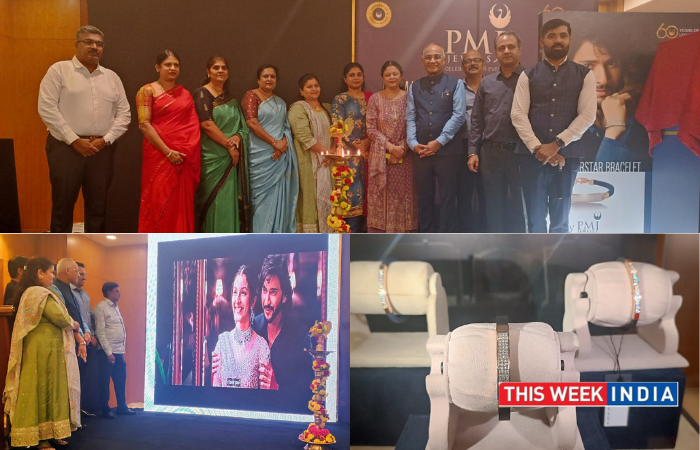More awareness required on eye donation to give vision to many
The National Eye Donation Fortnight is observed every year from 25th August to 8th September. It is an initiative which aims to create awareness among people on the importance of eye donation and to motivate them to pledge their eyes for donation after death.
Blindness due to corneal problems affects 4.5 per 1000 individuals in India. Leading causes of corneal blindness are corneal injuries and corneal infections which occur in agriculture and industrial sectors and so the affected individuals are mostly in the age group of 40 to 60 and are the breadwinners of the family. Children can also be affected due to injuries and nutritional deficiencies mainly of Vitamin A
Prevention of corneal blindness by adopting safety precautions to prevent injuries and effective treatment of corneal infections should be the main focus. However, Cornea transplantation is the final solution when all other attempts to treat the affected cornea fails
Currently India needs an estimated 100,000 transplants annually to clear the backlog of corneal blindness. This calls for a fourfold increase in current eye donation numbers. However, the awareness level of eye donation continues to remain low and hospital-based cornea retrieval programs are underutilised.
Anyone irrespective of age or gender can pledge their eyes to be donated after their death, it doesn’t matter it the person wore glasses or had cancer or diabetes or blood pressure or any other illness, only few conditions like HIV, hepatitis B and certain rare viral diseases are considered contraindications for eye donation
Since eye donation is done after death, it is important to inform the next of kin of one’s decision while still alive. Soon after the death of the donor the relatives should inform the eye bank or hospital to which the cornea was pledged.
It is essential to harvest the corneas within six hours of the donor’s death. The eyes of the deceased should immediately be closed and covered with cotton or a wet cloth to prevent damage. Harvesting the corneas is a very short procedure and always a dummy cornea is replaced to prevent disfigurement of the donor’s face.
Now with newer techniques and technologies of corneal transplantation, at least 3 persons can benefit from a single cornea that is donated, as against a single person from a single cornea in traditional surgery.
Eye donation is one of the noblest of acts and is supported by all religious texts and holy books. If the two eyes of one’s loved ones can give light to 6 persons and if as a result bring 6 families out of despair, then no one should hesitate to call up the nearest eye hospital or eye bank to pledge their eyes today
By- Dr. Shibu Varkey, MS, DNB, DO, FRCS (UK) Regional Medical Director, MaxiVision Eye Hospitals









